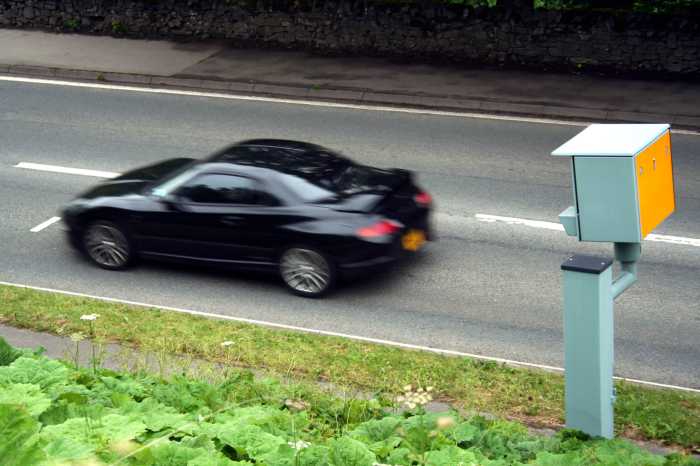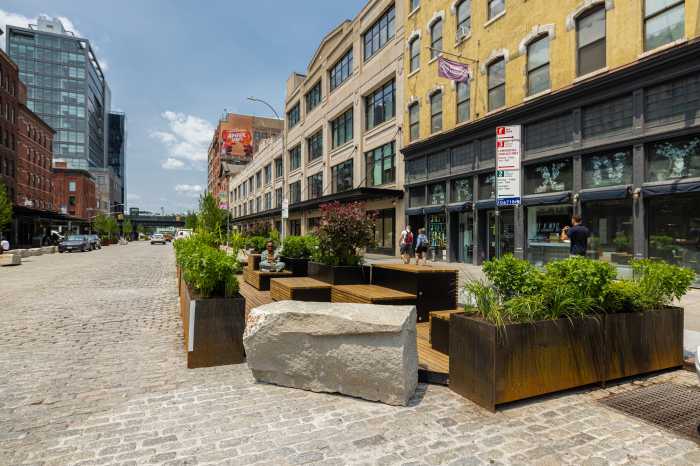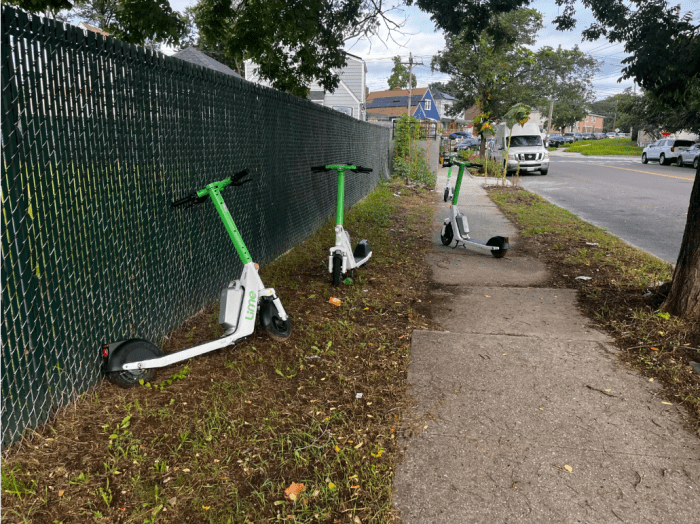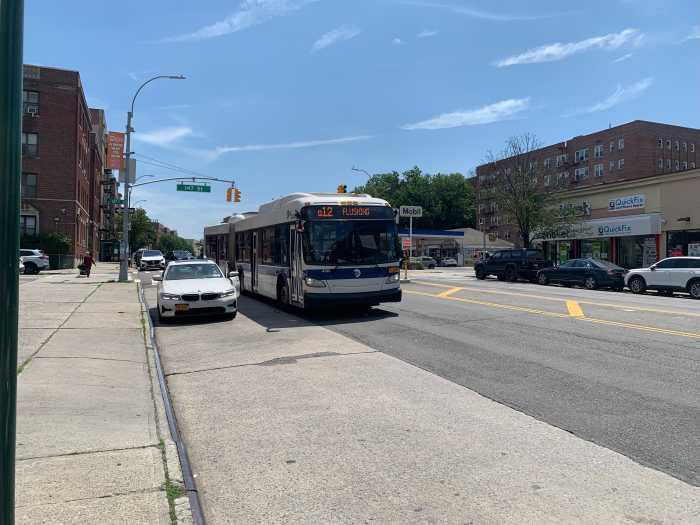Wait. Just wait. Just a little longer.
That’s what MTA riders are doing more than ever, according to a new audit by State Comptroller Thomas DiNapoli that tracked wait times per subway line from 2013 to 2015.
“It doesn’t come on time,” said Sunny Kumar, 35, a grocery stocker from Jamaica, Queens, who rides the No. 4 and No. 5 trains. “Whatever time it says, it doesn’t come at that time, and when it does come it’s too crowded.”
In fact, the No. 5 train came in as the worst of the bunch, with a success rate of 66.5% in meeting its targeted wait time. And it’s been slowly declining: the No. 5 train hit its target 67.4% of the time in 2014 and 70.7% of the time in 2013, according to DiNapoli’s office.
That target fluctuates based on the time of day. During the morning rush hour, for example, the MTA expects riders to wait on the platform no longer than 10 minutes, with a 25% margin of error, according to the audit. That wait time increases to 12 minutes on weekday evenings and 20 minutes during late nights (1 a.m. to 5 a.m.), according to the audit.
Several lines have been following the same downward turn, forcing riders to wait longer and longer for their trains to arrive.
In 2015, you were least likely to wait extra for the G train, which met its targeted wait time at a rate of 81.3%.
System wide as of June 2015, DiNapoli said 78.4% of trains met their wait times. But wait times may in fact be even longer than they appear, according to the audit, since the MTA calculates a “simple average of the combined annual average performances of all 23 subway lines and shuttles,” including ones that have very few stops.
The audit charged the MTA with not having a comprehensive plan to fix the long-term causes, but suggested the agency revise how it calculates wait time performance and develop a way to advertise delays and alternate routes in real-time data.
A spokesman for the MTA said the audit includes “misunderstandings, misinterpretations and outright misrepresentations.”
“While the audit recommends changing how wait assessment is calculated and reported, the comptroller’s proposal misstates how subway service guidelines operate and would introduce statistical disparities if put into practice,” the spokesman said in a statement.
“Contrary to the audit’s claims, the MTA has launched robust efforts to analyze and attack the root causes of delays, from increasing preventive track surveys and maintenance to deploying rapid response teams and additional staff on platforms.”
According to the audit, there are no “formal long-term plans” for when the MTA will finish installing the Communication-Based Train Control technology, which would allow it to run more trains closer together. It is unclear, the audit said, how much this system would cost and exactly how it would improve wait times.
But the agency insists it’s about to complete CBTC on the No. 7 train, which cost about $575 million. Contracts for the technology have also been awarded to other lines.
Riders on Wednesday were mixed when it came to the MTA’s on-time performance.
“If you look at the digital time board, it’s pretty punctual. But frequency wise it could improve,” said John Attly, a 28-year-old electrician from Annadale, Staten Island, who takes the No. 4 train to work. “It’s not stellar, but it’s also not bad considering how many bodies it holds.”
Gustavo Veliz, 45, rides the A train every day from Ozone Park to get to his job at a tennis club. He said he doesn’t even like waiting 5 or 6 minutes, let alone when he’s stuck on the platform for 10 or more.
“It’s annoying, big time,” he said, “especially when you come from work.”
The A train was the third-worst in 2015, meeting its target wait time only 67.4% of the time, according to the audit.






























